Synthesis:
In a rapid, constantly-changing, technology-enabled work environment, which one works best – linear or random learning? How do we rethink or reformulate to make the linear content friendly to random learning? How does this benefit instant learning for busy learners? Discover the steps and begin to apply it. __________________________________________________________________________
|
Science supports random learning
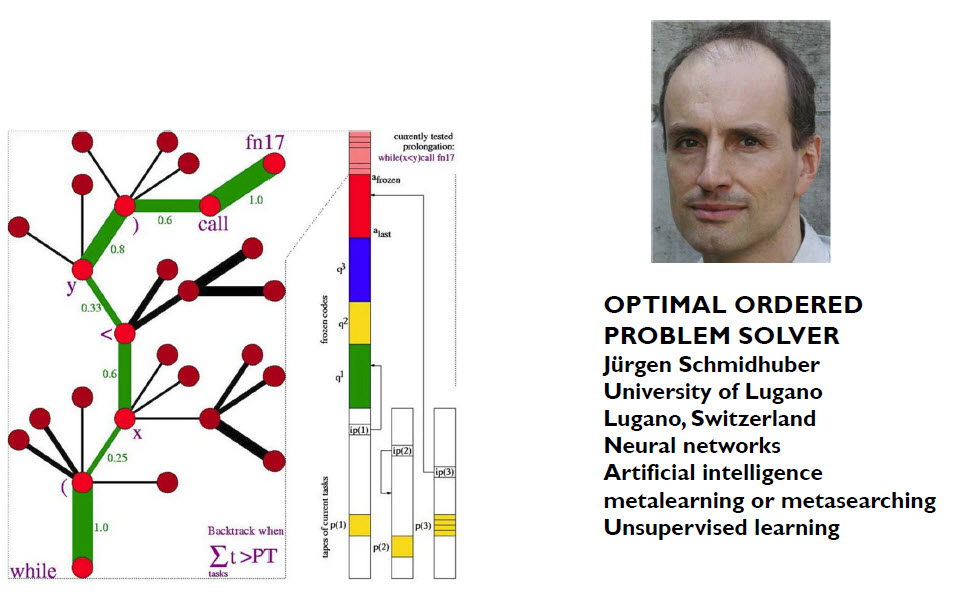 Illustration 1- Optimal Ordered Problem Solver |
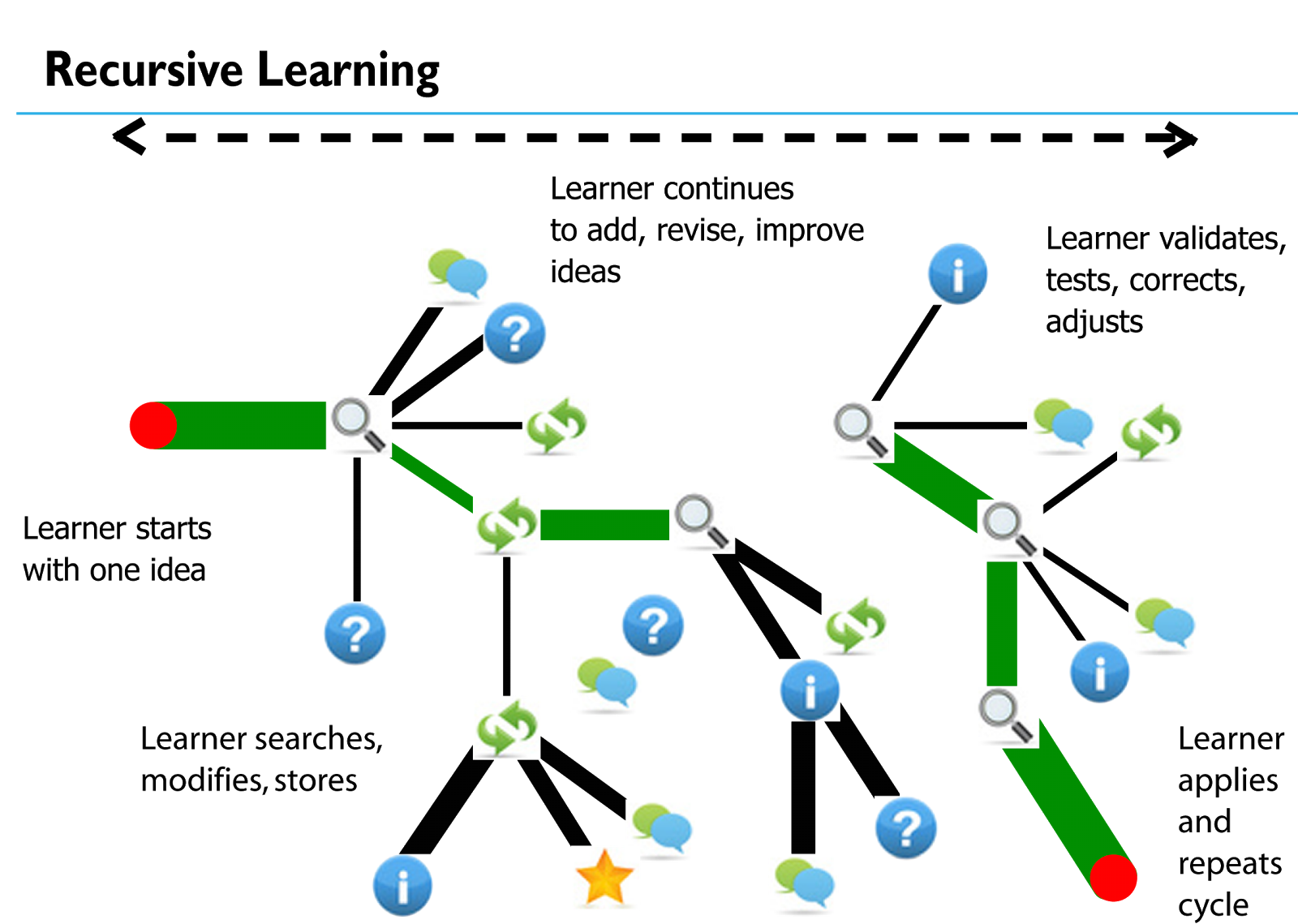 Illustration 2 – Recursive Learning |
Heart of Recursive Learning
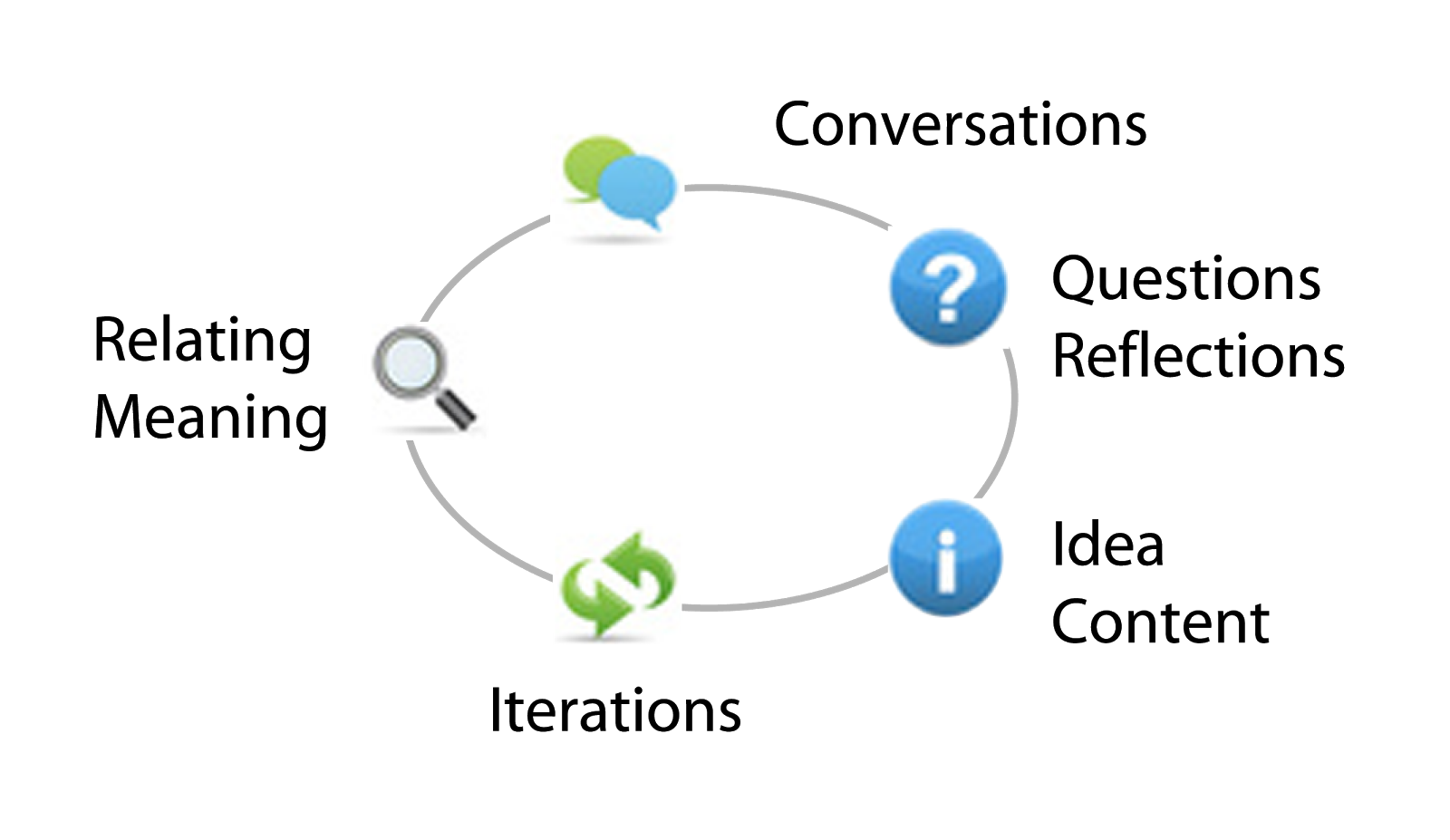

The faster the lesson/content “SPINS” (facilitates or elicits) the heart of Recursive Learning, the more instant learning occurs.
Which image helps instant learning on sexual harassment?
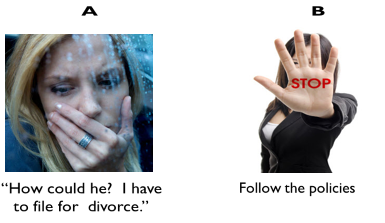
Five Steps in Formulating Instant Learning
1. One small idea
Identify from your content a small piece of idea you want learners to learn.
2. Event
Find an event based on experience.
3. Embed
Play the event and look for opportunities to embed the idea to be learned.
4. SPIN IT
Allow, facilitate or elicit conversations, comments, relating and finding more information.
5. Test it
Test using Recursive Learning Analysis.
1. Select one small idea (not big)
Avoid dumping massive information on learners. Cut down your content by selecting key ideas and critical data specifically relevant to the learner’s immediate learning needs.
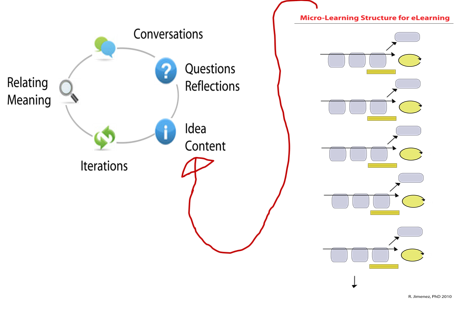
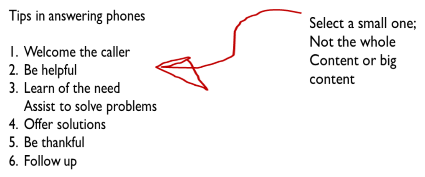
2. Find an event strongly associated with experience.
Learners quickly relate to the learning idea when an associated experience is
used to support it. Context is easily recognized and retained in the learning process.

Stories of actual and relatable events in the workplace heighten the learners’ engagement and keep them focused on discovering the embedded learning objective. Strategically incorporate these events into the lessons to point learners towards the key learnings.
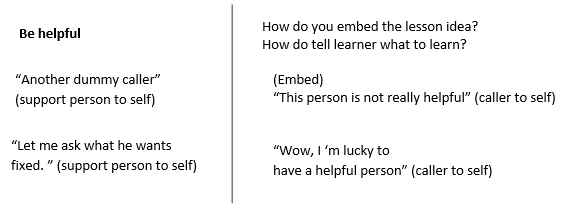
4. SPIN IT!
Allow learners to facilitate or elicit conversations, comments, relating and finding more information. Leverage social media tools,modern day gadgets and other forms of passing on information, to enhance interactivity and experience sharing.
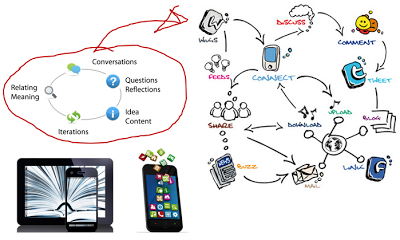
5. Test it.
Test using Recursive Learning Analysis
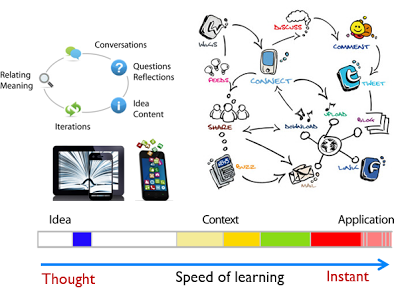
Here is a preview of a sample for instant learning from Storytakes –
“That Is Reassuring” . Click here to view the vignette. (Note: The demo is an HTML5 version and may not work in all browsers.)

SPECIAL FREE OFFERS : Click here to preview the recording on Instant Learning and download the handout.
View more sample vignette presentations by clicking on our StoryImpacts link.
Summary:
The dawn of modern technology fuels instant and recursive learning. By applying the 5 steps in the formulation of instant learning, learners are provided with access to key references at their fingertips. Learning professionals, on the other hand, are enabled to achieve learning objectives by leveraging an innovative and high-impact approach through the strategic use of technology.
Related blogs
eLearning Design for Short Attention Span and Overloaded Learners
Proof of Direct Link between Learning and Performance
Making Technical & Compliance Learning Engaging & Fun
Ray Jimenez, PhD
Vignettes Learning
“Helping Learners Learn Their Way”
